
Lisa Grossman is the astronomy writer for Science News. Previously she was a news editor at New Scientist, where she ran the physical sciences section of the magazine for three years. Before that, she spent three years at New Scientist as a reporter, covering space, physics and astronomy. She has a degree in astronomy from Cornell University and a graduate certificate in science writing from UC Santa Cruz. Lisa was a finalist for the AGU David Perlman Award for Excellence in Science Journalism, and received the Institute of Physics/Science and Technology Facilities Council physics writing award and the AAS Solar Physics Division Popular Writing Award. She interned at Science News in 2009-2010.

Trustworthy journalism comes at a price.
Scientists and journalists share a core belief in questioning, observing and verifying to reach the truth. Science News reports on crucial research and discovery across science disciplines. We need your financial support to make it happen – every contribution makes a difference.
All Stories by Lisa Grossman
-
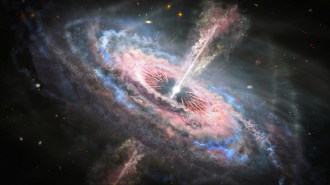 Space
SpaceQuasar winds with record energy levels were seen fleeing a distant galaxy
The Hubble Space Telescope has seen the most energetic quasar winds yet, showing these active black holes can blow star-forming gas out of galaxies.
-
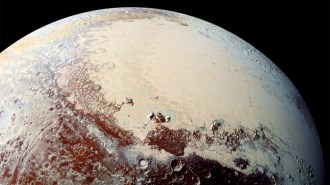 Planetary Science
Planetary ScienceIf Pluto has a subsurface ocean, it may be old and deep
New analyses of images from NASA’s New Horizons spacecraft suggest that Pluto may have had a sea beneath its icy shell for roughly 4.5 billion years.
-
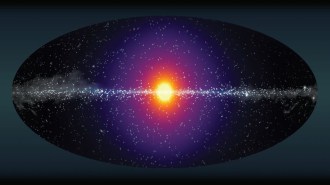 Space
SpaceA controversial X-ray glow didn’t show up in the Milky Way’s dark matter halo
A new look at old data suggests that an odd X-ray glow that emanates from some galaxies cannot come from decaying dark matter.
-
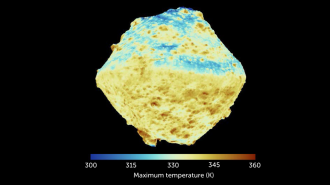 Planetary Science
Planetary ScienceThe asteroid Ryugu has a texture like freeze-dried coffee
Only about half of the asteroid Ryugu is rock; the rest is airy holes, a finding that could help reveal details of how the planets formed.
-
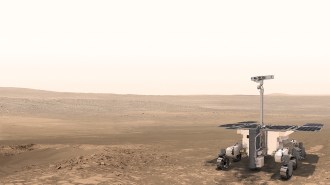 Planetary Science
Planetary ScienceCoronavirus and technical issues delay a Mars mission’s launch
The joint European-Russian ExoMars rover’s launch was postponed from July to 2022 so technicians could resolve issues with the landing equipment.
-
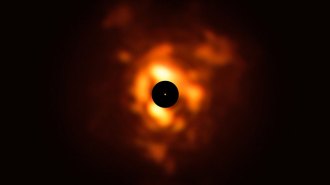 Astronomy
AstronomyThe star Betelgeuse might just be dusty, not about to explode
A new study suggests that dust recently expelled by Betelgeuse is why the star dimmed suddenly in late 2019 before brightening again.
-
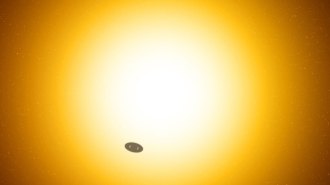 Planetary Science
Planetary ScienceSome ‘superpuff’ exoplanets may actually be ringed worlds like Saturn
“Superpuff” planets look fluffy and light. But for some of the worlds, the effect could instead be explained by large, rocky rings, a study suggests.
-
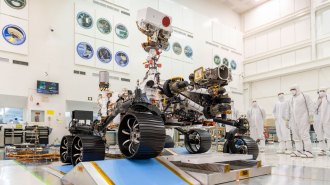 Planetary Science
Planetary ScienceMeet Perseverance, NASA’s newest Mars rover
NASA’s next Mars rover will be called Perseverance.
-
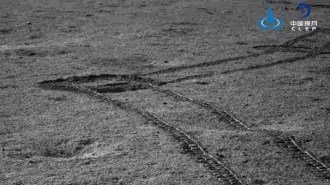 Planetary Science
Planetary ScienceChina’s moon rover revealed what lies beneath the lunar farside
China’s Yutu-2 rover found layers of fine sand and coarse gravel under the surface of the moon’s farside.
-
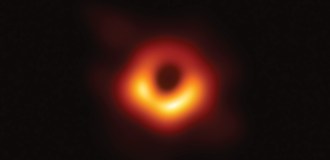 Space
Space2019 brought us the first image of a black hole. A movie may be next
The Event Horizon Telescope team is gearing up for more black hole discoveries.
-
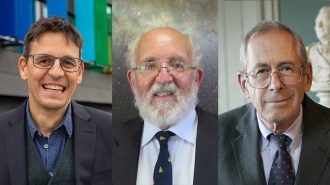 Physics
PhysicsPhysics Nobel awarded for discoveries about the universe’s evolution and exoplanets
Three scientists share the 2019 Nobel Prize in physics for revealing what makes up our cosmos and for finding the first planet orbiting a sunlike star.
-
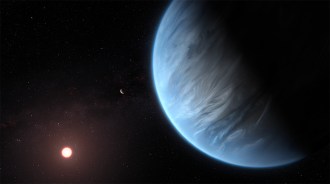 Space
SpaceWhy just being in the habitable zone doesn’t make exoplanets livable
A reignited debate over whether a new planet is habitable highlights the difficult science of seeking alien life.